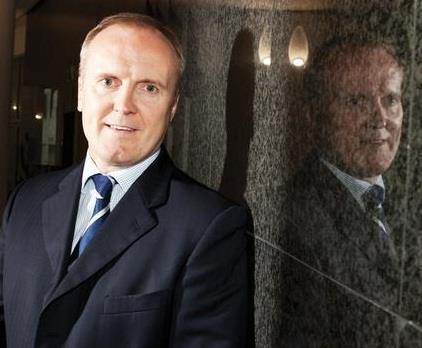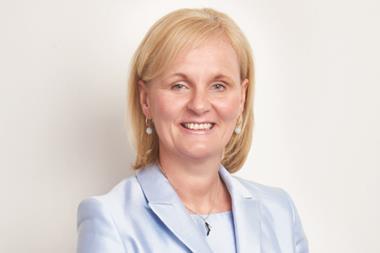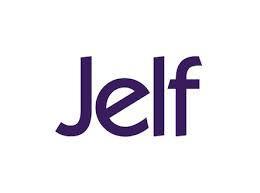To compete in mid-market brokers must have a technically and highly competent consultative claims offering - Phil Barton

The acquisition of loss adjuster Hamilton Bond in March will be a springboard to take Jelf’s claims offering beyond what other brokers can deliver, Phil Barton has claimed.
Speaking to Insurance Times about the broker’s battle plan to grow in SME, mid-market and corporate, Jelf Insurance chief executive Barton said that brokers who want to compete in mid-market must have a technically and highly competent consultative claims offering.
He added: “Whilst our claims proposition delivers excellent customer service, it has the capability to deliver forensic technical consultancy led advice as well.”
Barton added Jelf’s acquisition of Beaumonts in December, a Leeds-based with mid-market expertise, had also strengthened its mid-market proposition.
He said: “They had a separate risk management team as part of their proposition which is now the corner stone of Jelf risk management.
“If you want to win in mid market place, you have to have a consistent and high quality national risk management.”
SME strategy
Around a third of Jelf’s business by gross written premium (GWP) is derived from small and medium-sized enterprises (SMEs).
SME clients with risks that are typically under £20,000 can purchase policies online or they can speak face to face with someone from Jelf’s small business unit.
Part of the broker’s SME strategy includes determining which of the simpler products can be advised remotely and which of the complex businesses require face to face advice.
Technology is used as a tool to support its advice-led service for SME clients.
“Positioning our small business units as local as possible and using technology to enable that is our strategy,” Barton added.
“Technology should enable you to be more local with SME rather than less. Our technology allows us to manage local clients from any of our sites.”
Redistributing funds back to client
In its corporate business Jelf operates a model where it charges the client a day rate for the advice service it offers.
Any other income, such as from premium finance, contingent commissions, or a policy that might be on a commission basis, would be redistributed back to the client to spend on their business.
“The client might use the funds to invest in risk management or to improve their risk. It is an attractive way for the client to utilise those funds.
“Our corporate practice has been really instrumental in a number of exciting wins in the last quarter.”
Join the debate in our new LinkedIn specialist discussion forums
Hosted by comedian and actor Tom Allen, 34 Gold, 23 Silver and 22 Bronze awards were handed out across an amazing 34 categories recognising brilliance and innovation right across the breadth of UK general insurance.














































No comments yet